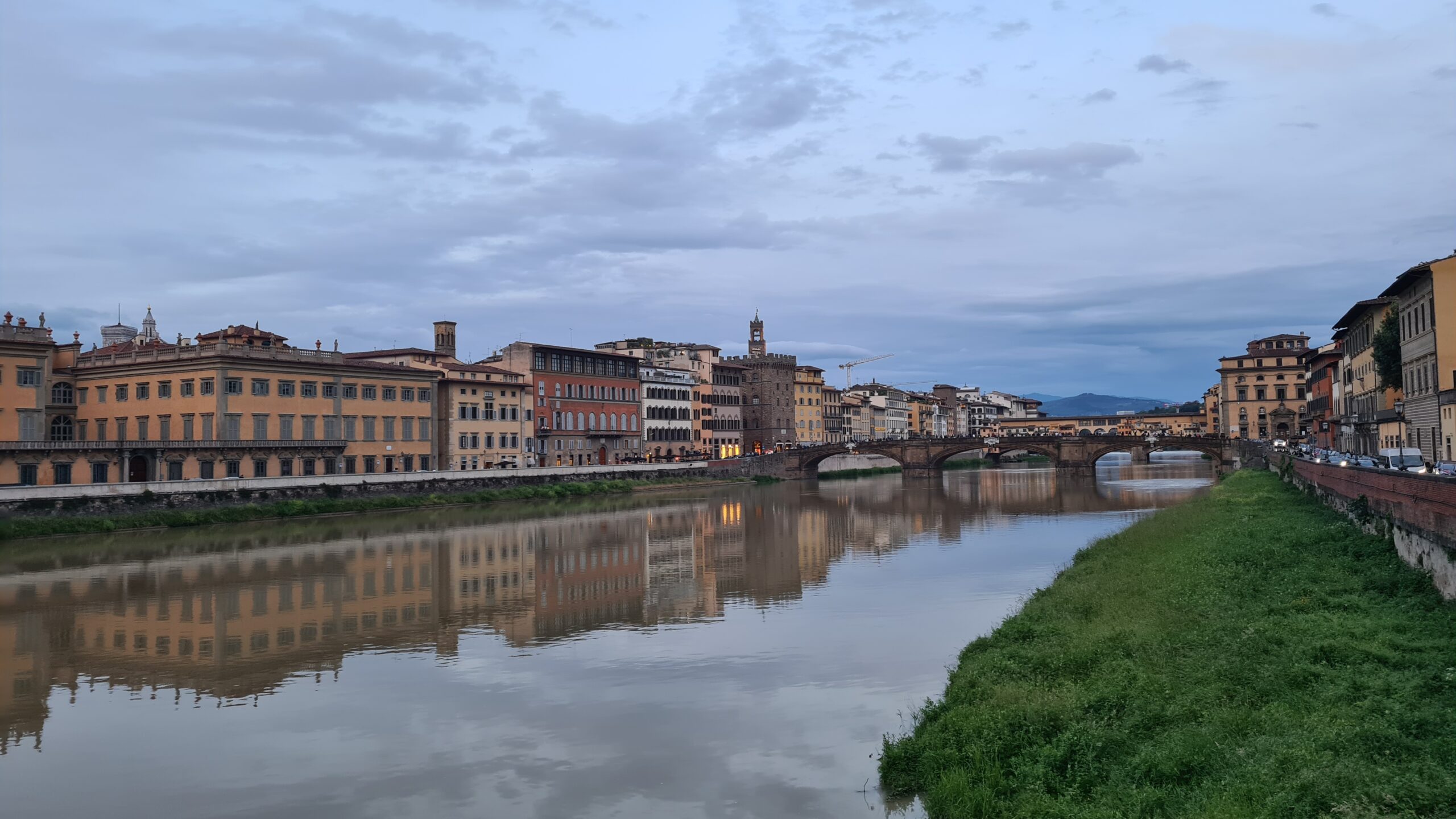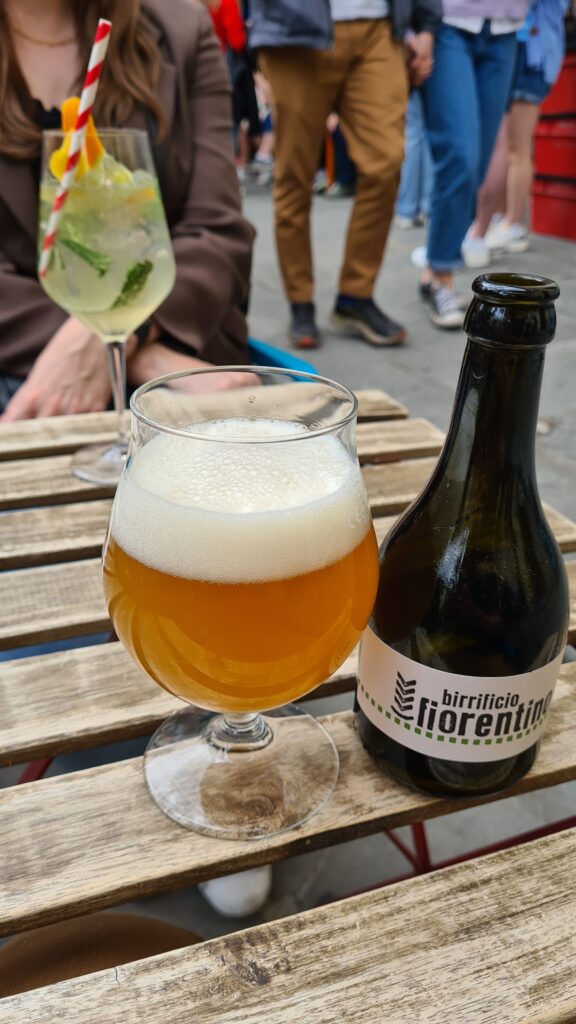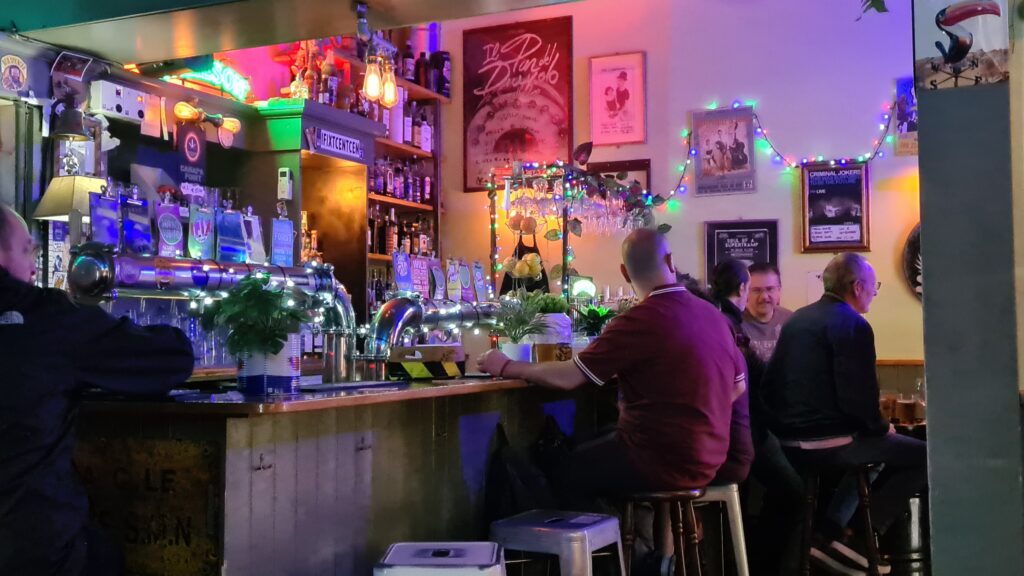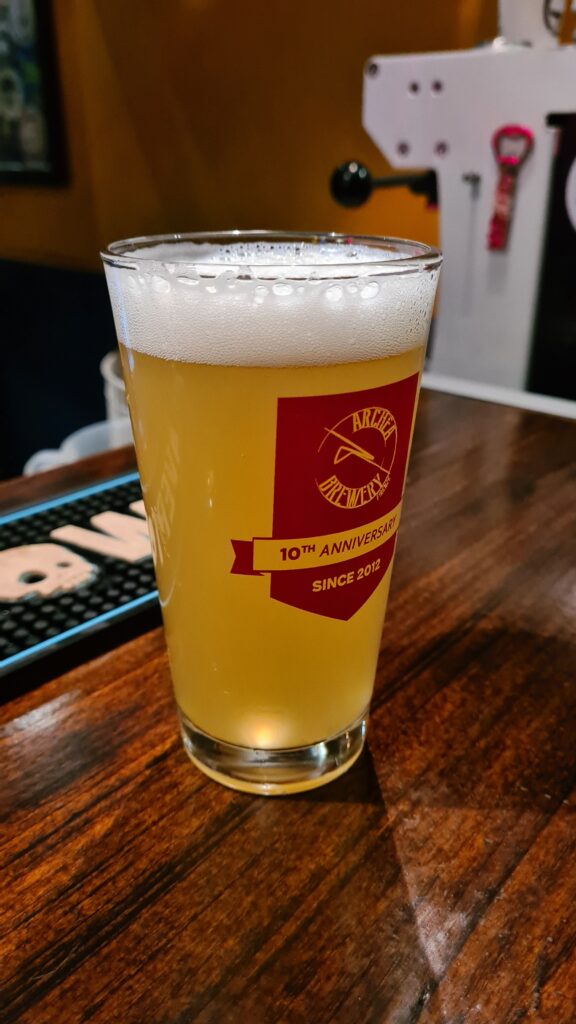Beer in Italy has an interesting history. It is thought that the ancient Phonecians were trading beer on the peninsula as long ago as the 7th Century BCE. These days, Italy is in the top 5 European countries for the number of breweries.
If you are Italian (or have ever travelled there) you know that Italy is a country that takes food and beverages very seriously. There are a series of unwritten rules surrounding food: no cappuccinos after 11:00AM, no savoury food for breakfast and certainly no eating “on the go” – meals are best enjoyed sitting down, in company.
Another strange “rule” is what to drink at a pizzeria. Wine is rarely drunk with pizza unless you’re at a tourist trap. Instead, Italians (especially Neapolitans) will enjoy a beer with pizza. Until about 20 years, this was really the only setting in which beer was enjoyed – they certainly don’t have a pub culture like in the UK or Australia.
However in the last 20 years or so beers have made their way out of pizzerias into specialty beer bars. While the most popular style remains pale, crisp lagers such as Peroni or Birra Moretti, the craft beer scene is exploding in Italy – with participating bars serving high quality Italian and European beers popping up in most major cities.
Strictly in the name of research, I have been sampling as many of these bars and beers as possible while living here in Italy. A recent trip to Florence from my base in Napoli was no exception. I decided to go on a bit of a bar crawl to see what was on offer.
The city of Florence
I’ll be honest, Florence (or Firenze) is not my favourite city in Italy. It’s expensive, jammed with tourists and the whole place seems to be centred on getting wealthy foreigners to go and spend money in the many luxury stores and boutiques. For me, the food is a little underwhelming with a focus on heavy and rich meat based meals.
That being said, there are some wonderful things to do there if you know where to look. The art here is unmatched – there’s the Uffizi, the Accademia, the Pitti Palace and the Palazzo Vecchio. The Boboli Gardens is crowded but beautiful and the Mercato Centrale is a great place to sample the local produce of the region (Toscana).
Of course there is also the beer. Many people see Florence as the beer capital of the country (although the Emilians and probably the Sicilians would likely disagree). There’s a bunch of breweries (birrifici) in and around the city which keep the many craft beer bars supplied with tasty and interesting brews to try while curating your own bar crawls.
The bar crawl
Venue 1: Pittam’ingolli (Piazza Santo Spirito 17)
I started my bar crawl at the famous Piazza Santo Spirito. This venue wasn’t actually a beer bar but I heard that they do a mean panino so I thought it best to grab some food before hitting the other bars. I ate a fennel salami and stracchino (soft cheese) sandwich on the famous Tuscan focaccia. It was great people watching in the piazza and a little out of the main tourist areas so it was slightly less crowded.
I drank a great local IPA from Birrifico Fiorentino and it was the perfect pairing with my sandwich. It was fairly strong, clocking in at 6% but also surprisingly easy to drink. I couldn’t find out which hops were used in this brew but it was crisp and very light on the palette. This beer was bottle conditioned so it had a lovely cloudiness when poured.
In my experience, IPAs (pronounced “ee-pah” in Italy) aren’t too heavy on the hops. In the US and Australia it seems like breweries are racing to make the most outrageously hoppy IPAs possible – over here in Italy they seem to have a far more sensible approach to bitterness.
Venue 2: Public House 27 (Via Palazzuolo 27)
The next stop on the pub crawl was Public House 27 on Via Palazzuolo. This quirky little bar is a hole in the wall type place that caters mainly to locals. They have a very wide range of beers available, mainly focusing on European beers and styles. The bartenders here are knowledgeable, friendly and very trendy. This is my favourite bar in Florence and always a must visit when I’m in the city.
I was hoping to drink a local lager or pilsner here but unfortunately they didn’t have any on tap. Instead I opted for a pilsner from Villacher Brauerei (Austria)….and I’m glad I did! This famous brewery has been around since 1858 to help quench the insatiable Austrian thirst for quality beer.
Their pilsner is one of their most famous offerings, and it’s not hard to see why. It’s dry, hoppy and floral in its aroma and taste. There is virtually no aftertaste and leaves your palette feeling clean and refreshed. The Villacher Pilsner is 4.9% and dangerously drinkable. I was very tempted to buy a second pint of this one, but knowing I had a few other beers to get through, I showed a rare moment of self control and dragged myself out of the bar.
Venue 3: Archea Brewery (Via dei Serragli 44R)
I next moved onto Archea Brewery on Via dei Serragli on the south bank of the Arno. Confusingly, this bar did not have a brewery on site but rather was a bar offering 12 taps of Italian beers including many from the local region. They also had an impressive selection of bottled beer. The bar was dark and had a great playlist of 90s tunes that deeply appealed to me as a millennial.
After parking myself at the bar and subjecting the bartender to my Italian, I stayed for a few half pints so I could try a selection of the interesting beers on offer. The first I tried was the Archea Melissa – a house “hoppy honey golden ale” brewed locally under contract at Filigne Valdarno. This beer was a thumper, clocking in at 7.2%. It was fruity and sweet and smelled strongly of honey. The floral hop aftertaste lingered long after I had finished my glass.
Next was Archea Salviette, another beer brewed especially for the bar at Filigne Valdarno. This beer was “blanche con salvia” (a witbier with sage). The sage flavour in the beer was interesting and delicate. There was also a strong citrus zing to this beer which made it really refreshing to drink. This one was a more sensible 5.5%.
Next up was a coffee stout with anise called Lu Carzola. This beer was from MC77 brewery in Marche (a central Italian region on the Adriatic coast). This was a whopping 8% and thankfully only came in 200ml serves. It had a thick, foamy brown head and drank like a milkshake. It was certainly a coffee stout…in fact it was all I could taste. I ordered the beer because I thought the flavour of anise would be interesting in a stout but unfortunately it was absolutely nuked by the coffee taste. Not my favourite beer of the night.
Finally at Archea, I tried the “George Best-Emmia” (this is a play on bestemmia which means “blasphemy” in Italian). This was brewed at the Chianti Brew Fighters Brewery in Chianti – a region usually known for its rustic red wines. This beer was exactly what I expected from a best bitter: lightly carbonated, a good hop and malt balance and lower ABV (4%).
Venue 4: Articolo 17 (Borgo la Croce, 64)
At this point I was meant to go to dinner, but I couldn’t help a little detour to a heaving beer bar called Articolo 17 (this refers to article 17 of the constitution of Italy: “Citizens have the right to assemble peaceably and unarmed”). This bar was heaving with many younger people spilling out onto the streets drinking beer (and smoking a lot of hashish).
I only had time for one beer here so I opted for the pilsner from the famous Rothaus brewery in Grafenhausen, Germany. I may have lost a bit of my critical beer tasting ability by this point, but to me it tasted like a standard, crisp German pilsner. Clean, delicious and clocking in at 5.2%
The beers in Florence did not disappoint. There’s a multitude of bars to choose from and a surprising number of great local breweries. If you’re in Italy and looking to drink something other than the standard pale lager available at most places, it may be worth a visit.
Cheers!







